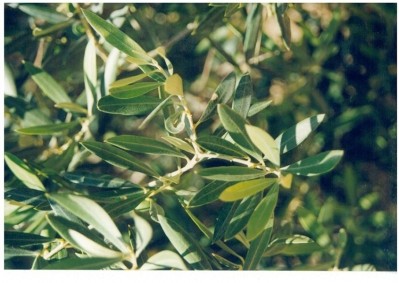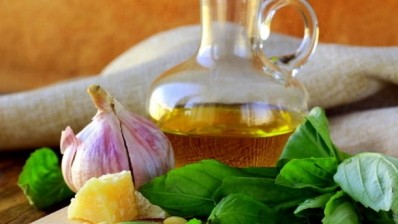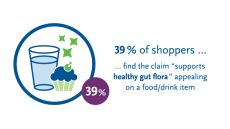How can an olive oil waste product reduce industry use of artificial additives?
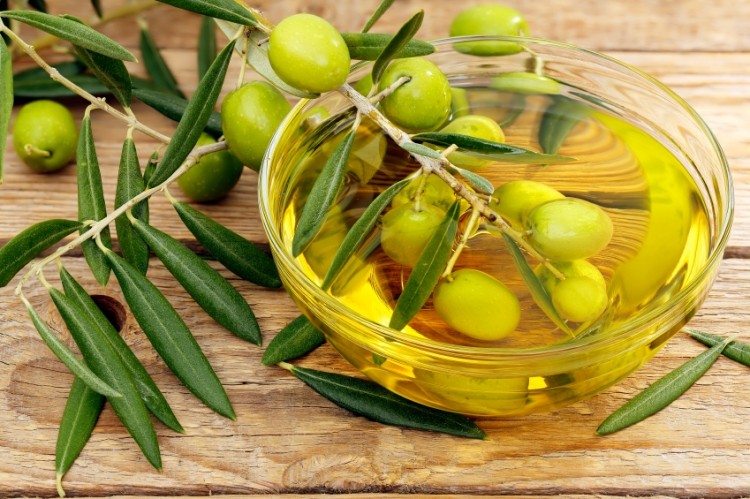
Writing in the journal Bioresource Technology, the researchers detail the chemical breakdown of olive mill waste.
After milling the olives to produce oil, the researchers took the waste by-product and hydrolysed it. This hydrolysed product then underwent fermentation, which produced rhamnolipids and surfactins - molecules the food industry can use as emulsifiers, foaming, wetting, and solubilising agents.
Hydrolysis is an important step in order to partially reduce the phenolic content of olive mill waste, as phenols can interfere in the production of these molecules.
The molecules, rhamnolipids and surfactins--known as biosurfactants--have attracted great interest from food manufacturers due to their use as a natural food ingredients and additives.
They therefore have the potential to reduce the food industry's use of artificial or chemical ingredients.
The barriers: High costs and low yields
However, one of the issues that prevents their widespread use is the high production costs and resultant low yields.
Different ways to overcome this problem have been suggested such as improved downstream processing or using cheaper, renewable waste products such as sugars, molasses, plant oils, starchy substances and lactic whey.
Here, the researchers tested three techniques to see which yielded the most of these useful molecules from olive waste streams.
“An appropriate hydrolysis pretreatment is a key factor for a potential industrial production of biosurfactant from olive mill waste. It is worth noting that while many agroindustrial residues demand some kind of physical pre-treatment before the hydrolysis stage,” the study stated.
“Olive mill waste is already ground, so its use will avoid this energy-intensive step. This imparts a great advantage over other lignocellulosic agroindustrial wastes in a future development of a cost effective biosurfactant production process.”
Hydrolysis is key: But which kind?
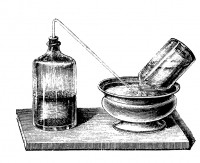
Pre-treating olive mill waste by hydrolysis increases the bioavailability of sugars present in the cellulose and hemicellulose fractions during biosurfactant production.
In the study three hydrolysis methods were assessed: enzymatic hydrolysis (EH), acid pre-treatment plus enzymatic hydrolysis (PEH), and acid hydrolysis (AH).
These reactions dramatically increased the total soluble sugar concentration, yielding up to 3.1, 4.0 and 4.3 times the initial amount of soluble sugars for EH, PEH and AH respectively.
Enzymatic hydrolysis freed up to 71.8% of the sugars achievable by acid hydrolysis. This was achieved despite being the least aggressive hydrolysis procedure.
These sugars were then fermented using two bacteria, Pseudomonas aeruginosa and Bacillus subtilis.
Bacillus was found to metabolise a higher fraction of the sugars released by the two pre-treatments which involved enzymatic hydrolysis.
After fermentation, results indicated that enzymatic hydrolysis was the best pre-treatment, producing up to 29.5 and 13.7 mg/L of rhamnolipids and surfactins respectively.
“Results suggest that the fraction of fermentable sugars was similar for both Pseudomonas and Bacillus,” the study observed.
“However Bacillus could metabolize a higher fraction of the sugars released by the two pre-treatments which involved enzymatic hydrolysis.”
Phenolic obstacle
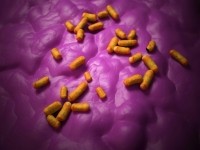
The team explained the pre-treatment ability to reduce the inhibitory effects of olive mill waste on surfactin production was likely due to the presence of phenolic compounds in this waste.
The performance of each strain at high olive mill waste concentration suggests that Pseudomonas was more resistant to the presence of these substances than Bacillus.
“These results confirm that inhibition in surfactin production is related to phenol concentration and that the resistance of Pseudomonas to phenols,” the authors theorised.
“This allows it to take advantage of the higher amounts of nutrients (soluble sugars and oil) with increasing olive mill waste concentration.”
Source: Bioresource Technology
Published online ahead of print, doi.org/10.1016/j.biortech.2016.01.016
“Hydrolysis of Olive Mill Waste to Enhance Rhamnolipids and Surfactin Production’.
Authors: Ignacio Moya Ramírez et al.

